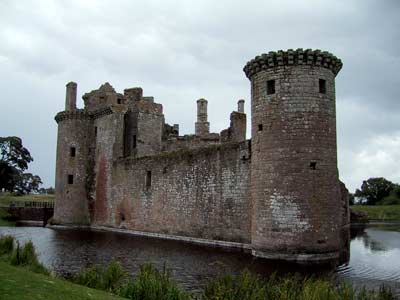 |
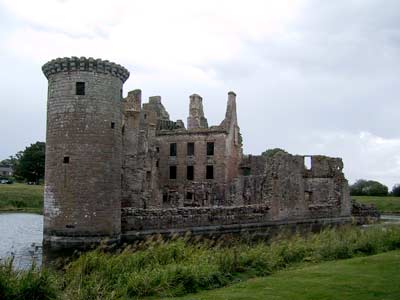 |
| Caerlaverock lies about seven miles south of Dumfries, close to where the River Nith flows into the Solway Firth. It is quite unusual with its surrounding moat and equilateral triangular shape. Caerlaverock also has an interesting nature trail with the foundations of another, earlier castle, reconstructions of medieval siege engines and a castle-themed children's playpark.
Click here to see a representation of Caerlaverock Castle |
|
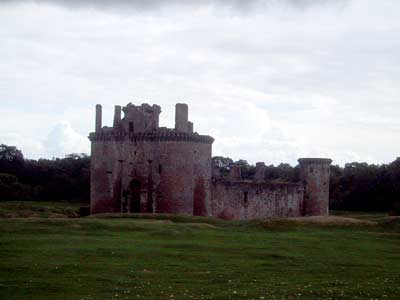 |
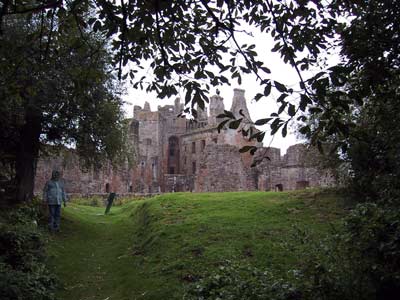 |
| The land on which the castle stands, was granted to Sir John De Maccuswell in 1220. He built the castle whose ruins can be seen at the end of the nature trail, but in 1270, his nephew got to work on the building of the castle seen today. Around 1300, King Edward I of Englang invaded Galloway, and successfully besieged Caerlaverock with 87 knights, 3,000 men and siege engines brought over from southern Scotland and northern England. The English held the castle until 1312 before it was besieged again by Scottish forces in 1356. Most of what can be seen today is the result of the rebuilding that took place throughout the late 1300's and 1400's. | |
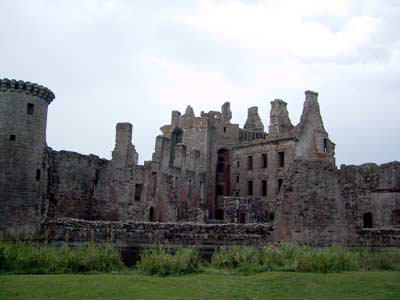 |
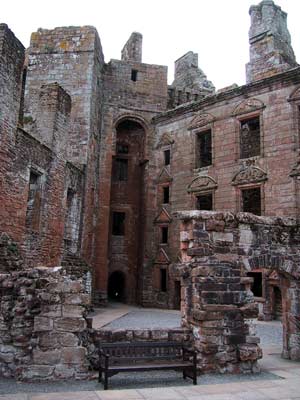 |
| In 1544 (the "Rough Wooing" period during which Henry VIII ransacked Scotland because of Marie de Guise's refusal to betroth the infant Mary, Queen of Scots to his son Edward), the castle was captured by the English, and attacked again in 1570. After the Union of the Crowns in 1603, the castle experienced a calmer spell and Robert Maxwell, 1st Earl of Nithsdale, converted the castle into a peaceful family lodging. The ornamental stonework of the east range still dominates the interior of the castle. | |
 |
 |
| Caerlaverock's peace was short-lived with the onset of the Civil War, and in 1640, the castle was held by the Maxwells for King Charles I against a besieging army of Covenanters for thirteen weeks before surrendering. The state in which Caerlaverock finds itself today is largely due to this siege. Above are photos of the south-western range and below, the Nithsdale Lodging in the eastern range. | |
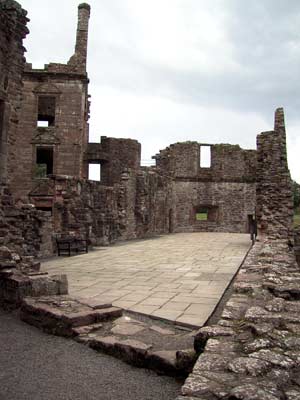 |
|